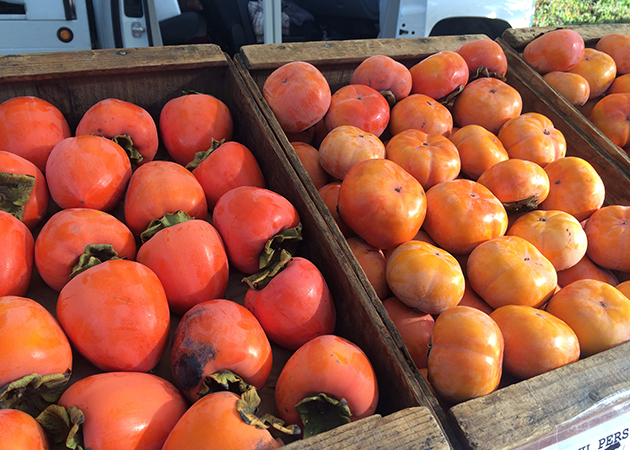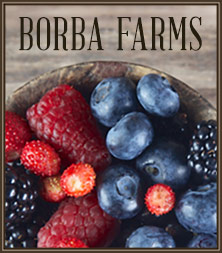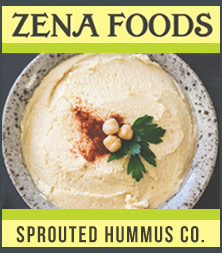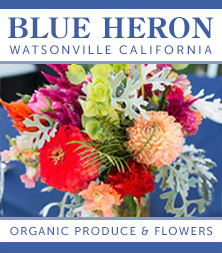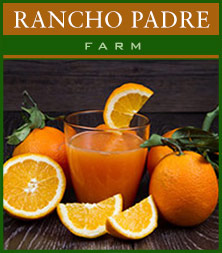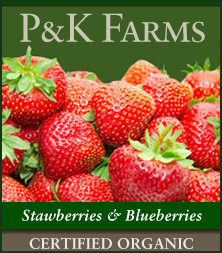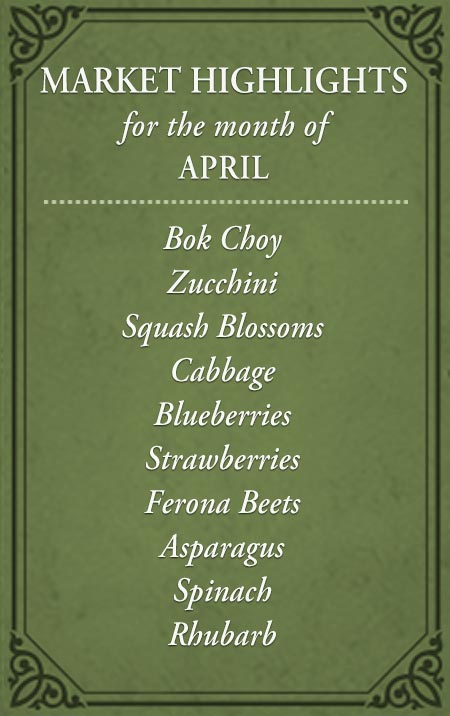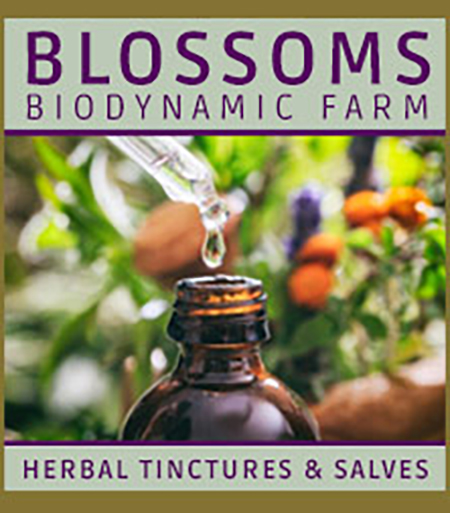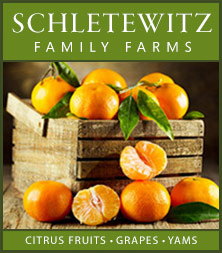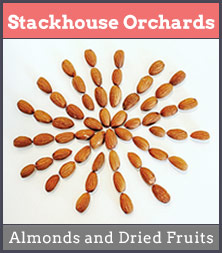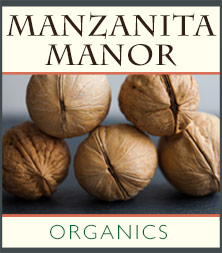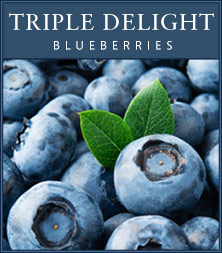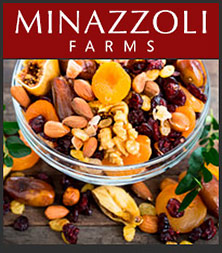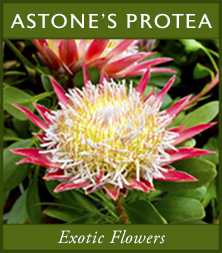A sure sign that November has arrived is the warm orange glow of persimmons lighting up many stalls at the farmers market. This deep red-orange radiance comes from persimmons—known in much of the world as kaki (a Japanese word pronounced kah-kee). The name persimmon comes from “pessamin,” an Algonquin term for the native North American fruit, which is smaller and mostly found in the wild, ranging from about three-quarters of an inch to two inches in diameter.
At our farmers market, you’ll find two main Japanese cultivars: Hachiya and Fuyu. Hachiya is the astringent variety, while Fuyu is non-astringent—a distinction that refers to the tannin content of the fruit. These tannins are what give unripe Hachiyas their infamous mouth-puckering bite.
Hachiya Persimmons
Hachiyas are the most commonly planted persimmons in the U.S. and are easy to spot thanks to their heart shape, tapering to a gentle point at the bottom. They must be eaten only when fully ripe and soft, otherwise the tannins will overwhelm your taste buds. As they ripen and soften, those tannins break down, leaving a luscious fruit that is sweet, gently tart, and jelly-like in texture. Enjoy Hachiyas by scooping them with a spoon, or use them in desserts, sauces, or dried preparations.
Fuyu Persimmons
Fuyu persimmons, on the other hand, are the most popular variety in Japan and much of Asia. Unlike Hachiyas, they can be eaten firm, much like an apple, making them perfect for salads, snacks, or desserts. They can also be enjoyed soft like a Hachiya. Fuyus are squat and tomato-like in appearance, with four distinct sides when viewed closely. Depending on the variety, both Hachiya and Fuyu may or may not contain seeds.
How to Select
Color is the best guide. For Hachiyas, look for a deep red-orange tone. They’ll usually finish ripening at home. Avoid fruits with green or yellow undertones, as they are not yet ready. When ripe, Hachiyas often show vertical black streaks or slight cracking in the skin and should feel very soft. A good trick is to gently twist the calyx (the stem cap with four “petals”)—if it pulls out easily, the fruit is ready.
To ripen Hachiyas at home, place them in a closed container with an apple or banana and check daily. They’ll also ripen naturally on their own. Do not try to speed up ripening by freezing them—though the flesh will soften, it won’t be edible. Once ripe, store both Hachiyas and Fuyus in the refrigerator, where Fuyus will keep several days longer.
If you happen upon American persimmons, treat them like Hachiyas: wait until they’re fully ripe, as they carry even stronger tannins.
A Seasonal Treat
Beyond their wonderful flavor, persimmons make a stunning seasonal decoration, bringing a cheerful pop of color to holiday tables. Pick up a few at Minazzoli Farms and enjoy one of autumn’s most beautiful gifts.
RECIPES: For persimmon recipes, click here.


